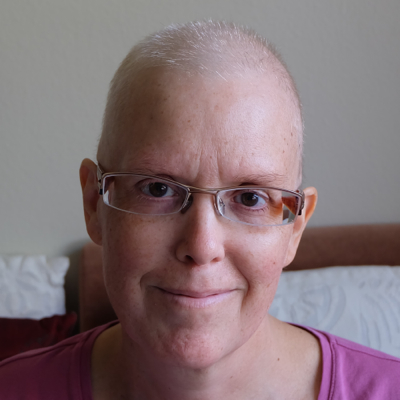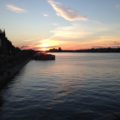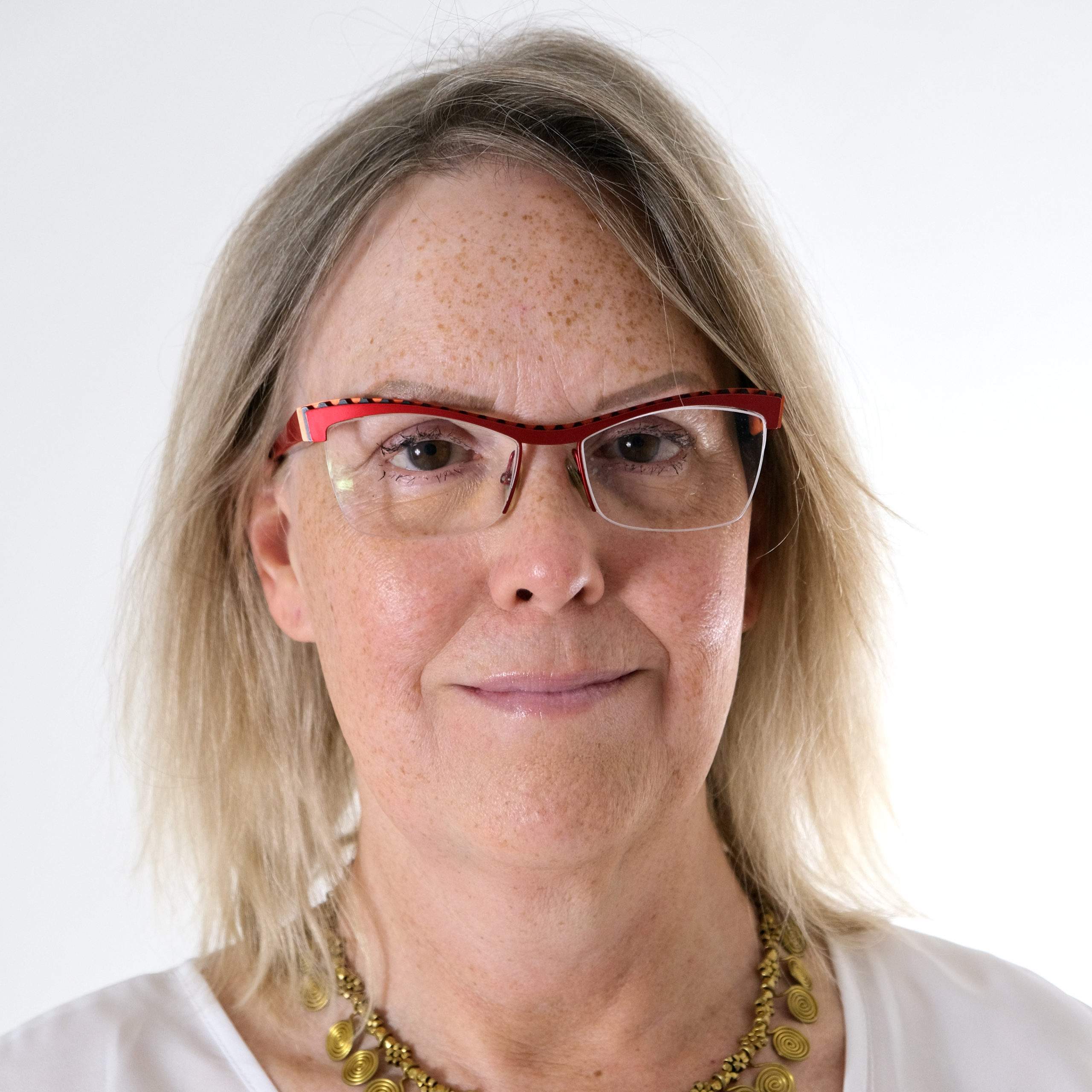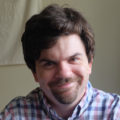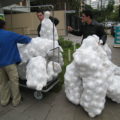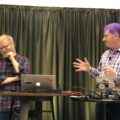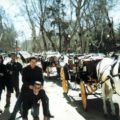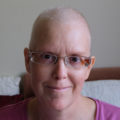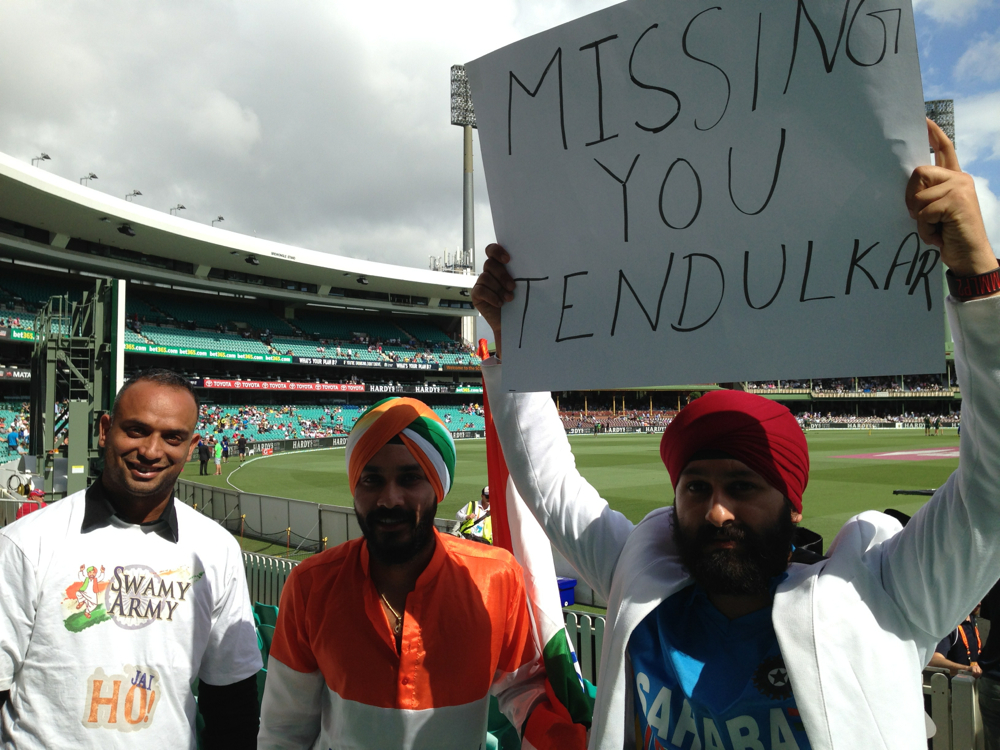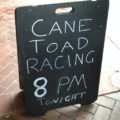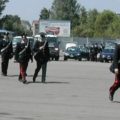Here are the posts I’ve written so far about having breast cancer, arranged roughly in chronological order of the events and feelings they describe (not necessarily the order I posted them). Obviously, this will be updated from time to time.
- The Only Way to Be Sure of Surviving…
- How I Knew I Had Cancer
- Talking About Cancer
- Mean Nasty Ugly Things
- Care
- How Does It Feel to Have Cancer?
- What Happened After Diagnosis
- Beauty and the Breast (lumpectomy)
- Gratitude
- After Surgery
- The Verdict
- Vacation in Australia
- Preparing for Chemo
- Chemo, Round 1
- Brave?
- Chemo Roundup: February
- Hair
- Chemo Roundup: March
- Chemo Roundup: April
- Chemo Roundup: May
- Chemo Roundup: June
- Chemo Done! (and what happens next)
- 7 Horrifying Facts About Chemotherapy
- Radiation Prep: More to Look Forward To
- Chemo and Menopause
- One Month Post-Chemo
- Treatment Roundup: July
- Treatment Roundup: August & September
- In Sickness and in Health (how Ericsson, my employer, reacted to my cancer)
- One Year On
- Cancer: The Aftermath
- Three years post-cancer

